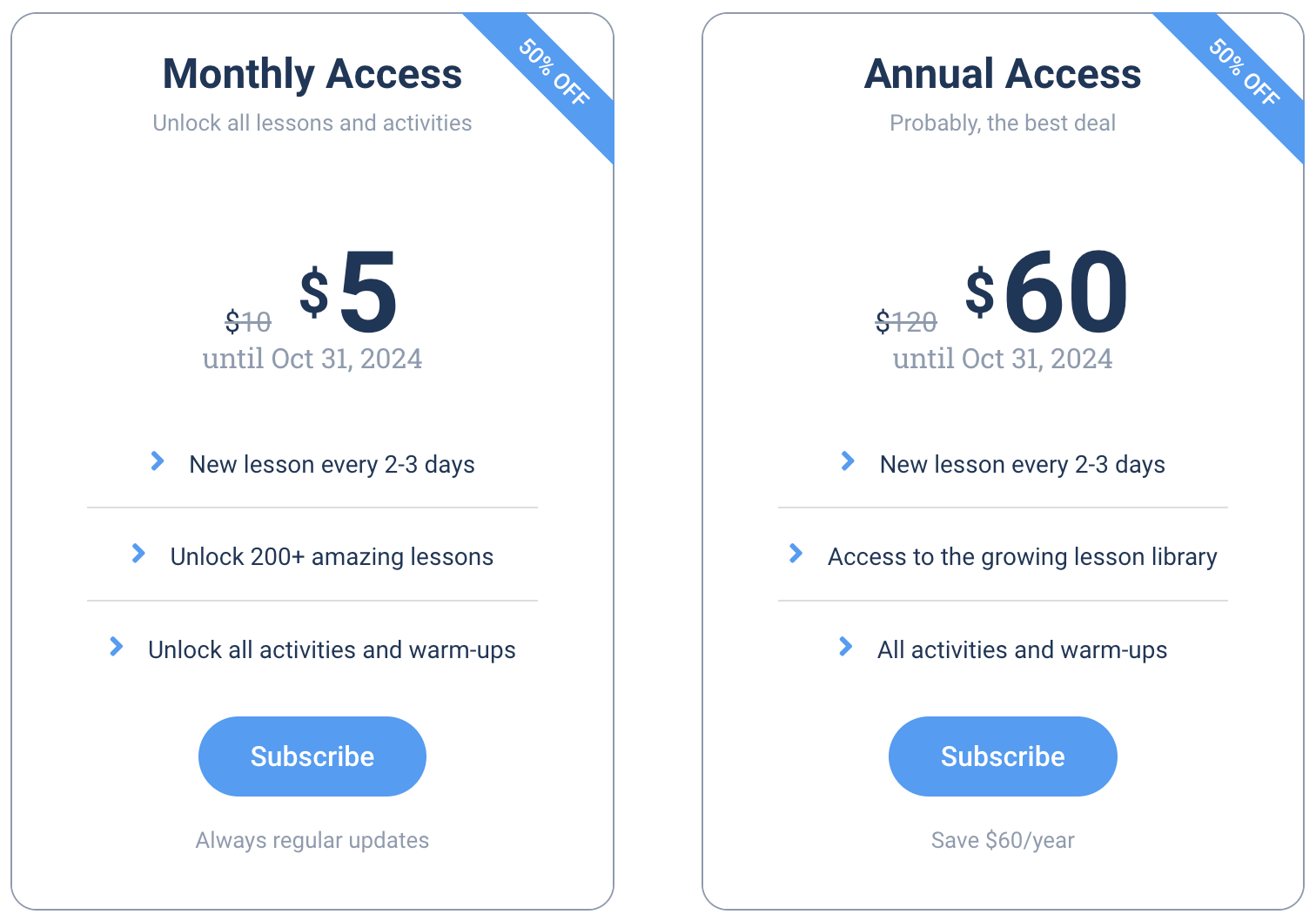Table of Contents
A2 Level (Elementary)
- What colors do you see on Formula 1 cars?
- How do you think a Formula 1 driver feels during a race?
- What is a Formula 1 race?
- Do you like watching car races? Why or why not?
- What kind of clothes do Formula 1 drivers wear?
- How fast do you think Formula 1 cars go?
- What countries have Formula 1 races?
- Can you name any famous Formula 1 drivers?
- What do people do at a Formula 1 race?
- How do you think the cars stay safe during a race?
- What sounds do you hear at a Formula 1 race?
- Why do you think people like Formula 1 racing?
- Would you like to drive a Formula 1 car? Why?
- What are the rules of a Formula 1 race?
- How do teams win in Formula 1?
- What do you think is the most exciting part of a race?
- Do you think Formula 1 racing is a sport?
- How do you think drivers practice for a race?
- What kind of people watch Formula 1 races?
- Do you think Formula 1 racing is dangerous?
B1 Level (Intermediate)
- What makes Formula 1 different from other car races?
- How do Formula 1 teams prepare for a race?
- Discuss the role of teamwork in Formula 1 racing.
- How has Formula 1 racing changed over the years?
- What skills do you think are important for a Formula 1 driver?
- Talk about the importance of technology in Formula 1.
- How does the design of a Formula 1 car affect its performance?
- Discuss the role of sponsors in Formula 1 racing.
- What are the environmental impacts of Formula 1 racing?
- How do Formula 1 races affect the economy of the host country?
- Discuss the safety measures in Formula 1 racing.
- How does the weather affect a Formula 1 race?
- What is the role of a pit crew in a Formula 1 race?
- Discuss the global popularity of Formula 1 racing.
- How do drivers and teams strategize during a race?
- What are the challenges of being a Formula 1 driver?
- Discuss the cultural significance of Formula 1 in different countries.
- How do rules and regulations shape Formula 1 racing?
- Talk about the physical and mental demands on Formula 1 drivers.
- What future changes do you foresee in Formula 1 racing?
B2 Level (Upper Intermediate)
- Analyze the impact of technology advancements on Formula 1 racing.
- Discuss the ethical considerations of Formula 1’s high costs and resource use.
- How do politics and international relations affect Formula 1?
- Compare the physical and mental preparation of Formula 1 drivers to other athletes.
- What role does media play in the popularity of Formula 1 racing?
- Debate the balance between safety and competition in Formula 1.
- How do Formula 1 teams innovate to stay competitive?
- Discuss the impact of Formula 1 racing on technological advancements in consumer vehicles.
- Evaluate the role of leadership within a Formula 1 team.
- How does Formula 1 racing contribute to global sports culture?
- Analyze the relationship between Formula 1 racing and its fan base.
- Discuss the sustainability challenges and initiatives in Formula 1.
- How do economic factors influence the evolution of Formula 1 teams and races?
- Debate the inclusion of female drivers in Formula 1.
- Discuss the psychological pressures faced by Formula 1 drivers.
- Analyze how Formula 1 racing has been portrayed in media and cinema.
- Discuss the balance between tradition and innovation in Formula 1.
- Evaluate the role of strategy versus skill in winning a Formula 1 race.
- How has Formula 1 racing influenced automotive engineering?
- Discuss the social and cultural diversity within the Formula 1 community.
C1 Level (Advanced)
- Critically assess the role of Formula 1 in promoting technological innovation.
- Discuss the impact of Formula 1 on national identities and international relations.
- Evaluate the effectiveness of current safety protocols in Formula 1.
- Analyze the economic and ethical implications of Formula 1’s global expansion.
- Discuss the representation of gender and diversity in Formula 1.
- How does Formula 1 reflect broader societal values and changes?
- Evaluate the environmental sustainability strategies in Formula 1 racing.
- Discuss the psychological resilience required in Formula 1 racing.
- Analyze the role of public relations and media in shaping Formula 1’s image.
- Critique the balance between commercial interests and sports integrity in Formula 1.
C2 Level (Proficiency)
- Debate the future trajectory of Formula 1 in the context of global environmental concerns.
- Analyze the interplay between technology, regulation, and competition in Formula 1.
- Critically evaluate the portrayal of Formula 1 in the media and its impact on public perception.
- Discuss the evolving nature of leadership and team dynamics in Formula 1.
- Explore the philosophical implications of risk and reward in Formula 1 racing.
- Analyze the impact of cultural and socio-political factors on the global appeal of Formula 1.
- Critically assess how Formula 1 can maintain its relevance in a rapidly changing world.
- Explore the ethical dimensions of commercialization in Formula 1.
- Analyze the role of Formula 1 as a catalyst for technological innovation in other industries.
- Debate the long-term sustainability of Formula 1 in its current format.

